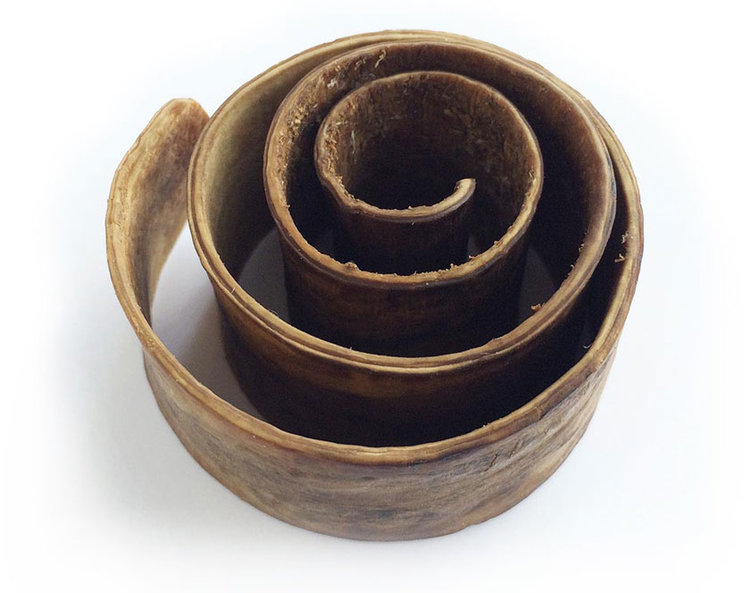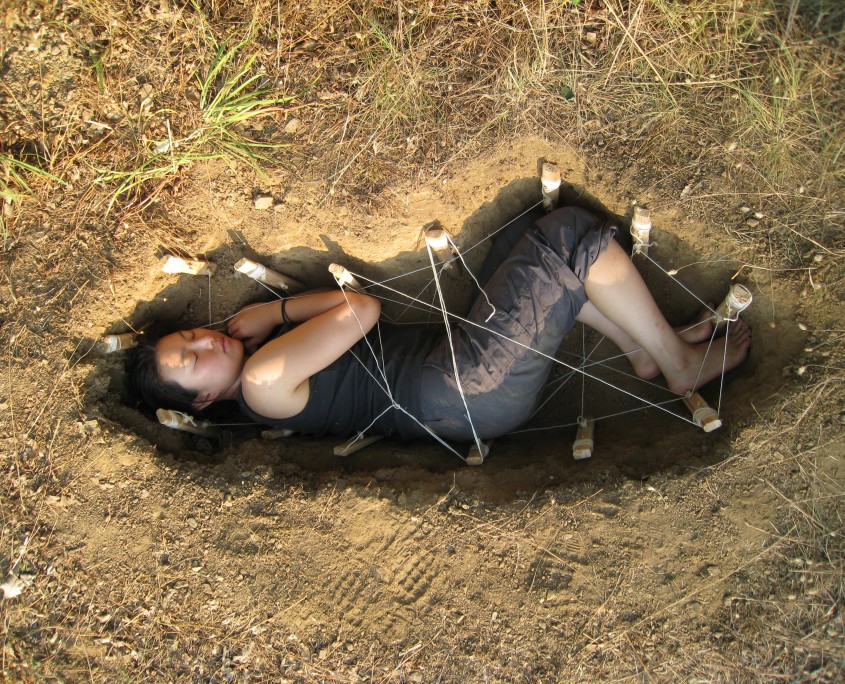Blog, Fungi, Mushroom News, Mushroom Species
The Ever-Growing World of Mycelium
One of the most rapidly renewable resources on the planet, mycelium, is the future of renewable source material for an ever-growing list of products. MycoWorks, a company that turns mycelium and other agricultural byproducts into leather, is at the forefront of this movement.
What is mycelium?
According to Wikipedia, “Mycelium is the vegetative part of a fungus or fungus-like bacterial colony, consisting of a mass of branching, thread-like hyphae.” What this roughly translates to is, mycelium is the roots of mushrooms and fungus.
Generally considered a waste product of the mushroom growing industry once the mushrooms are harvested, mycelium can grow beneath the soil into large sprawling ecosystems of its own. In fact, the largest living organism on earth is the Armillaria ostoyae, or Humongous Fungus patch growing in the Malheur National Forest in Oregon. The mycelium sprawl is said to cover 2,385 acres, o approximately four miles.
Benefits of mycelium
While the Humongous Fungs of Malheur is generally considered a devastating infestation, mycelium provides many vital services to the ecosystem at large. Fungi are excellent waste recyclers. In the woodland environment, they are crucial to the breakdown of rotting material, waste, and even radiation, producing vital nutrients for the growing forest and carrying said nutrients through its intricate network beneath the forest floor.
Even beyond their important role in our ecosystems, mycelium is becoming a vital part of the sustainable future through the hard work of creators and engineers at companies like MycoWorks.
About MycoWorks

According to their website, MycoWorks is “a team of creative engineers, designers, and scientists” working to create a sustainable future through mycelium.
“I believe we can solve all the world’s problems with mycelium biology,” says Dr. Amanda Parkes, Chief of Technology & Research, Manufacture NY, Advisor to Mycoworks.
The current problem they are solving is the problem of leather. A resource-intensive product that is directly linked to the ever polluting livestock industry, leather remains a popular, high-quality textile. The engineers at MycoWorks have created a new kind of leather that conveys the soft durability of natural leather without sacrificing quality. Plus it doesn’t continue to contribute to the environmental crisis like the current popular faux leather, PU leather does.
“Wood fungus is going to be one of the major engines for manufacturing in the 21st century,” says Dr. Drew Endy, Assoc. Professor of Bioengineering, Stanford University and Advisor to Mycoworks.
The future doesn’t stop with leather

Mushroom and fungus-based textiles are becoming the talk of the eco-community. In addition to MycoWorks, the funeral/bio-suit company Coeio has recently come to prominence with the announcement from the late Luke Perry’s daughter that he was buried in one of their Infinity Suits–made from mycelium.
Of her mushroom suit, Coeio founder Jae Rhim Lee says, “I imagine the Infinity Mushroom as a symbol of a new way of thinking about death and the relationship between my body and the environment.”

The future doesn’t stop at textiles either. MycoWorks and other companies like them are making construction materials like bricks and support structures from mycelium and waste materials, paving the road for a new future of green living.
Ready to start growing your own mushrooms and fungus, mycelium and a greener future? Hop on over to our shop for everything you need to get started. Still have questions? Contact one of our knowledgeable representatives now.

